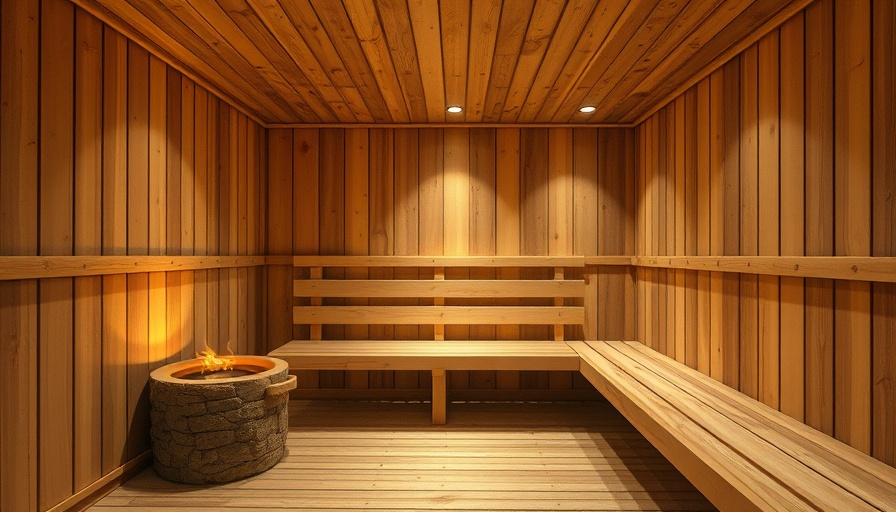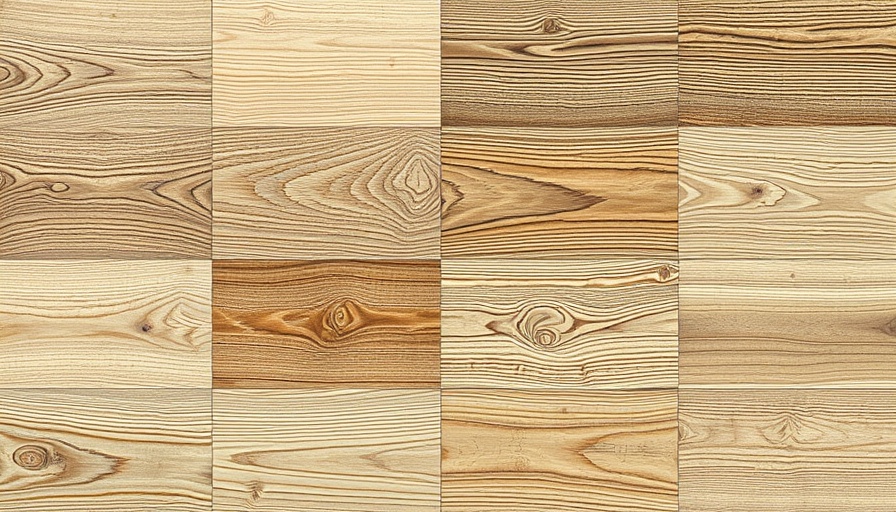
Choosing a Barn Door for Your Bathroom: A Modern Solution
If you’re considering a renovation project for your bathroom, it’s essential to select the right door to complement the aesthetic while serving practical needs. Among the trendy options today, barn doors are becoming increasingly popular. But why is this simple, sliding door type the right choice for your bathroom space? Let’s explore the reasons behind the barn door’s rise and how it might fit into your next remodeling project.
What Exactly Is a Barn Door?
A barn door is typically made of wood or metal and slides open horizontally on a track. While initially designed for traditional barns, this door style has found a trendy spot in modern homes, especially bathrooms. Unlike standard swinging doors that require ample space, barn doors are compact and efficient, making them an attractive option for maximizing space.
The Case for Barn Doors in Bathrooms
Here’s why barn doors are rapidly gaining favor in bathroom renovations:
1. Space Efficiency: Maximize Your Bathroom Layout
One of the primary benefits of a barn door is its space-saving design. Traditional doors swing open, consuming significant floor space. Conversely, barn doors slide along the wall, meaning you can leverage every inch of your bathroom. This efficiency not only provides more room for bathroom essentials but also enhances the overall design by allowing for creative layouts.
2. Simple Installation: DIY Wonders
Installing a barn door can be a gratifying DIY project. With minimal tools and a straightforward understanding of the installation process, homeowners can take on this project confidently. Unlike conventional doors that might need precise alignments and professional expertise, barn doors demand a simpler installation method, appealing to those who enjoy hands-on home improvements.
3. Versatility: More than Just for Bathrooms
While our focus is the bathroom, barn doors offer versatile applications throughout the home. They can adorn master bedrooms, kitchens, and even living rooms, providing a consistent approach to home design. Whether you seek a rustic finish or a sleek, modern look, barn doors come in various styles and colors that can suit any room's interior design.
4. Value Addition: Enhancing Home Appeal
Installing a barn door can enhance your home’s aesthetic appeal, making it a smart investment. Its distinct style can capture potential buyers’ attention if you decide to sell your home. A creatively designed barn door not only serves practical purposes but can significantly increase the overall value of your property by appealing to contemporary design trends.
How to Install a Barn Door in Your Bathroom
Understanding the installation process is crucial for any DIY endeavor. Follow these general steps to install your barn door:
- Gather Your Materials: Ensure you have all necessary tools and the barn door kit before starting.
- Choose the Right Location: Identify where you wish to install the door and ensure there’s adequate wall space for it to slide.
- Install the Track: The track must be securely mounted to the wall. This part is vital for the door’s smooth operation.
- Hang the Door: Once the track is in place, hang the door onto the track and check for smooth sliding.
- Finishing Touches: Add handles and ensure all components are secure and aesthetically pleasing.
Conclusion: Embrace the Barn Door Trend
Opting for a barn door in your bathroom can be a stylish and functional choice that transforms your space. From maximizing room efficiency to personalizing your decor, the advantages are numerous. Remember, the beauty of renovating lies in making choices that reflect your unique taste while also considering the future functionality of your space. So if you’re gearing up for a bathroom revamp, think about incorporating a barn door for a chic upgrade!
Take Action: Start planning your bathroom renovation today and consider how a barn door can enhance your design, making both a fashionable and smart decision.
 Add Row
Add Row  Add
Add 


Write A Comment